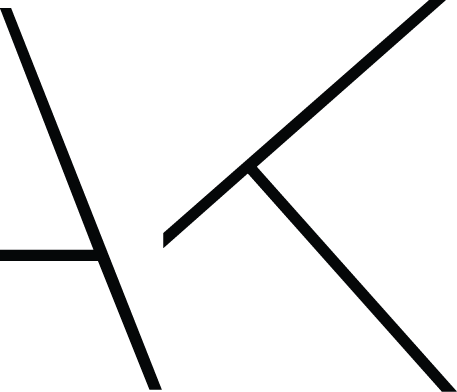Applying 123 to Movement
In this article we will lay out how to apply our 123 Approach to a day-to-day activity that most of us contend with, sit to stand. Last week we laid out how to use the 123 Approach on a specific muscle (that is how to 1 strength, 2 stretch and 3 release various individual muscles). When applying our 123 Approach to movement we firstly need to look at the demands of the movement on the body. Secondly, we need to look at what muscles need more strengthening, stretching, and releasing, to make a movement easier.
It is important to understand how to break down a movement into its component parts.
In phase 1 the back of your thighs need to lengthen, so will benefit from stretching and release work. In phase 2 the buttock muscles propel the hips forward, so activating and strengthening the buttock muscles is important. In phase 3 our postural muscles should engage to hold us upright. If conditioned correctly this would mean our core engages at an appropriate output, as well as our general back extensor muscles. We could supplement phase 3 by releasing and / or stretching out the front of hip muscles.
It is useful to look at a simple movement first when considering something more complex. There are several ways that a sit to stand movement might relate to something like cycling. We go into more detail about how a sit to stand movement relates to cycling in our book, the 123 Approach to Fitness, as one of three cardiovascular activities with preliminary basic movements. Please let us know how you relate stretching, strengthening and release work to help you move better when executing cardiovascular activities, or for helping you move more efficiently generally throughout your day. We would be delighted to hear from you!


